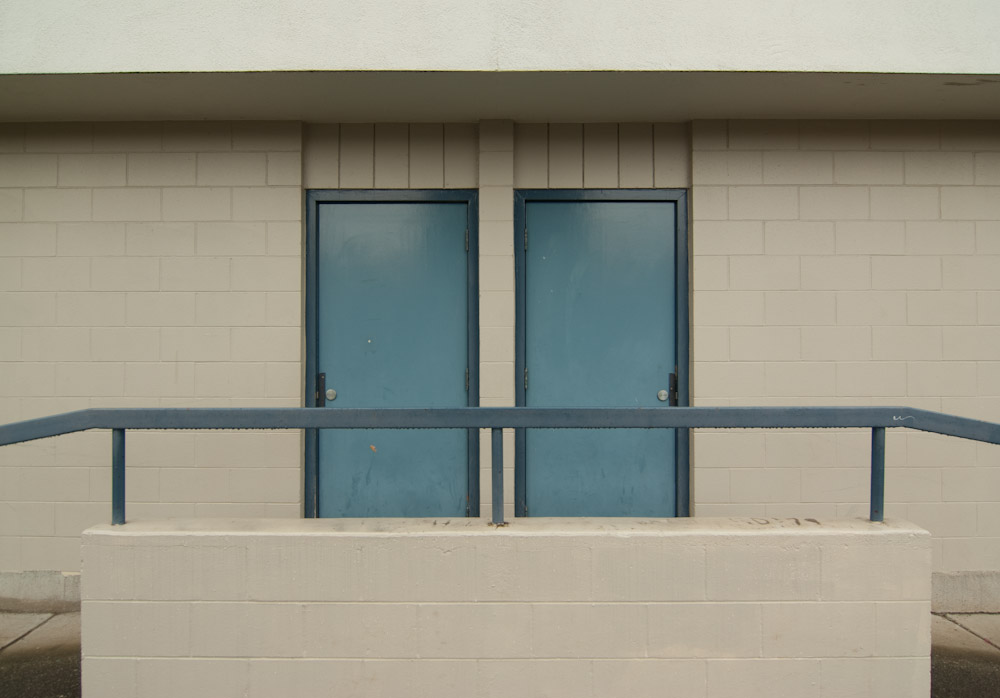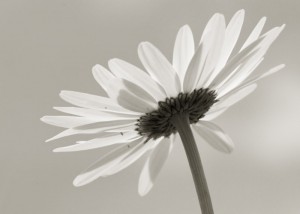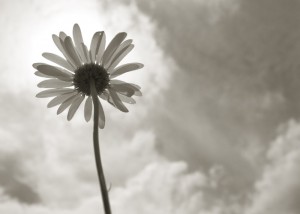Apr
28
2013

I’ve had my new Pentax K-01 for just over a week now and have been trying it with different lenses to see what works best. Ergonomically the K-01 is not the best camera but once you adapt it is fine, there aren’t any obstacles that permanently get in the way of taking pictures. The camera seems best when paired with smaller lighter lenses like the SMC Pentax-A 1:2.8 28mm but I was also surprised to find that the DA12-24 is also a good match, the DA*16-50 and DA*50-135 however seem too front heavy. Manual focusing is great with focus peeking and the autofocus is fast and accurate (I have the latest firmware Ver 1.03). And ultimately what really matters is that the image quality is great.
Design wise it certainly is different from other cameras on the market but I don’t see it as being quite as radical as some people have made it out to be. As is well known it was designed by Marc Newson for Pentax, it’s just too bad he didn’t get a few more opinions on the button layout. The look of it though has grown on me and composing with the rear LCD has its own appeal. You can keep both eyes open and remain aware of what is around you and all the information you would want is available right on the screen as you compose your picture.
The perfectly matching strap was just a matter of luck. I bought it from Couch Guitar Straps who specialize in hand-made guitar straps but make other items too. Not only does the Yellow and Black Racer X strap look good on the K-01 it fits perfectly for wearing it across the chest and the width is also super comfortable. Straps used to be this wide what happened? My new favourite strap, there isn’t even a second place anymore.
How about these beauties? Sony makes an inordinate number of appearances and the other Pentax should be easy to spot.
More pictures will come as I continue to test different lenses on the camera but for now here are a few yellow tributes
As a side note the lemons are shot at 3200 ISO, which is a very usable sensitivity with this camera.
2 comments | tags: camera, design, Pentax | posted in Cameras, Photography
Mar
18
2011



OK these are extreme examples of symmetry. You can have balance in an image without such an obvious left right mirroring, which is commonly called formal balance.

It’s easy to recognize when there is imbalance

But sometimes can be more difficult to recognize when things are in balance even though we may intuitively recognize it.

In this image notice how the kite and the person are in different quadrants of the image and provide an up/down, left/right balance that makes the image more harmonious.

Here is another image where there is a left right balance without being completely symmetrical
Using symmetry and balance can create images that are harmonious and visually quiet. Understanding it’s effect helps also when you want to break from it and create some discord.
2 comments | tags: balance, composition, design, Photography, symmetry | posted in Composition, Photography
Aug
29
2010
 When I recently saw stacks of logs waiting to be processed I knew that I wanted to create an image that linked the raw materials together. These two images are merely an intermediate state for these trees and it is for the viewer to envisage a time before and after for them. Either as trees or the end products that surround us.
When I recently saw stacks of logs waiting to be processed I knew that I wanted to create an image that linked the raw materials together. These two images are merely an intermediate state for these trees and it is for the viewer to envisage a time before and after for them. Either as trees or the end products that surround us.
no comments | tags: composition, design, pattern, Pentax, Photography | posted in Composition, Photography
Aug
7
2010
Like many people I love repeating patterns and am awed by things where scale is outside the norm. I noticed this log sorting yard while driving past on the highway but it wasn’t until I drove around on some back roads that the scale of it became clear.
It was raining quite heavily and I had limited time but I hope the images convey some of the scale.
1 comment | tags: composition, design, pattern, Photography | posted in Composition, Photography
Jul
3
2010
A quick search on Flickr using “Flowers Backlit” gives up over 9000 results. So if it’s already been done to such a degree and this is true of almost all photographs taken today then why do we continue. Well for me a portion of it is the act of creation, I enjoy the time that goes into creating an image as much or more than the image itself. I will be the first to admit these are average images that don’t inspire much of a response but they are my images and they may be a step that leads towards the creation of something that is better.


1 comment | tags: backlight, design, Photography | posted in Composition, Photography
Jun
20
2010
Photography is an illusion of reality, we largely accept that what we see is a truthful representation of what was seen be the person taking the picture. In reality though it is a flat two dimensional facsimile. Even if the photographer doesn’t manipulate the image after the act of capturing it, the image is influenced by the choices that were made in it’s creation. The photographer may have made camera settings or a lens selection in order to effect your perception. This image is an obvious reminder of the artifice but all images are tinged by this reality.

Digital cameras provide the potential for including almost any image modification that are, currently or conceived, of being done on a computer. As the ability to manipulate the image at the time of capture is expanded we may need to remind ourselves about what is real from time to time.
no comments | tags: composition, design, film, Photography | posted in Composition, Photography
May
15
2010

It’s difficult to convey a sense of time photographically, the very nature of a photograph is the capturing of an instant. You can use techniques such as using a slow shutter speed to allow moving objects to blur evoking a sense of motion and time or multiple exposures. But the best way is through a series. This example is two images that were taken more than two years apart. I’ve also purposely placed the most recent image on the left to distort time as most viewers will read this image left to right. Great care was taken to frame the scene the same, this was aided by using live view on my Pentax K-7 DSLR. It allows you to see in real time the framing on the rear LCD of the camera. I also used a photograph of the original scene for comparison.
no comments | tags: composition, design, Pentax, Photography, time | posted in Composition, Photography, Uncategorized
May
6
2010



Where do you see rectangles, everywhere? If you can imagine the world in front of you as a flat two dimensional plane it can be an interesting exercise to look for ways to divide it. It can be helpful to look through the viewfinder to generate that flat view and frame a scene but with practice you can spot images without the camera. So why would you want to do this? Like any exercise in seeing it helps to broaden your visual acuity.
no comments | tags: camera, composition, design, film, olympus, Photography, xa2 | posted in Composition, Photography
Apr
30
2010


These two images are about the division of the image through lines. The pictures are broken into smaller shapes by the lines running horizontally, vertically and also diagonally. Additionally there is the repeating patterns of lines: the steps, railings, grill. All these lines create a certain visual rhythm.
no comments | tags: composition, design, Photography | posted in Composition, Photography
Apr
22
2010

When I first saw this forgotten water bottle I wasn’t to sure what to make of it but as I approached it became clear that this would produce an interesting subject against the ground of the artificial turf. The clarity achieved by this little camera never ceases to amaze me. The full size print I have of this (8″x12″) renders every blade of plastic grass clearly. The slight touch of contrasting colour and the harsh shadow created by the mid day sun all add to this image, making the water bottle stand in relief.
no comments | tags: composition, design, film, olympus, xa2 | posted in Composition, Photography

































